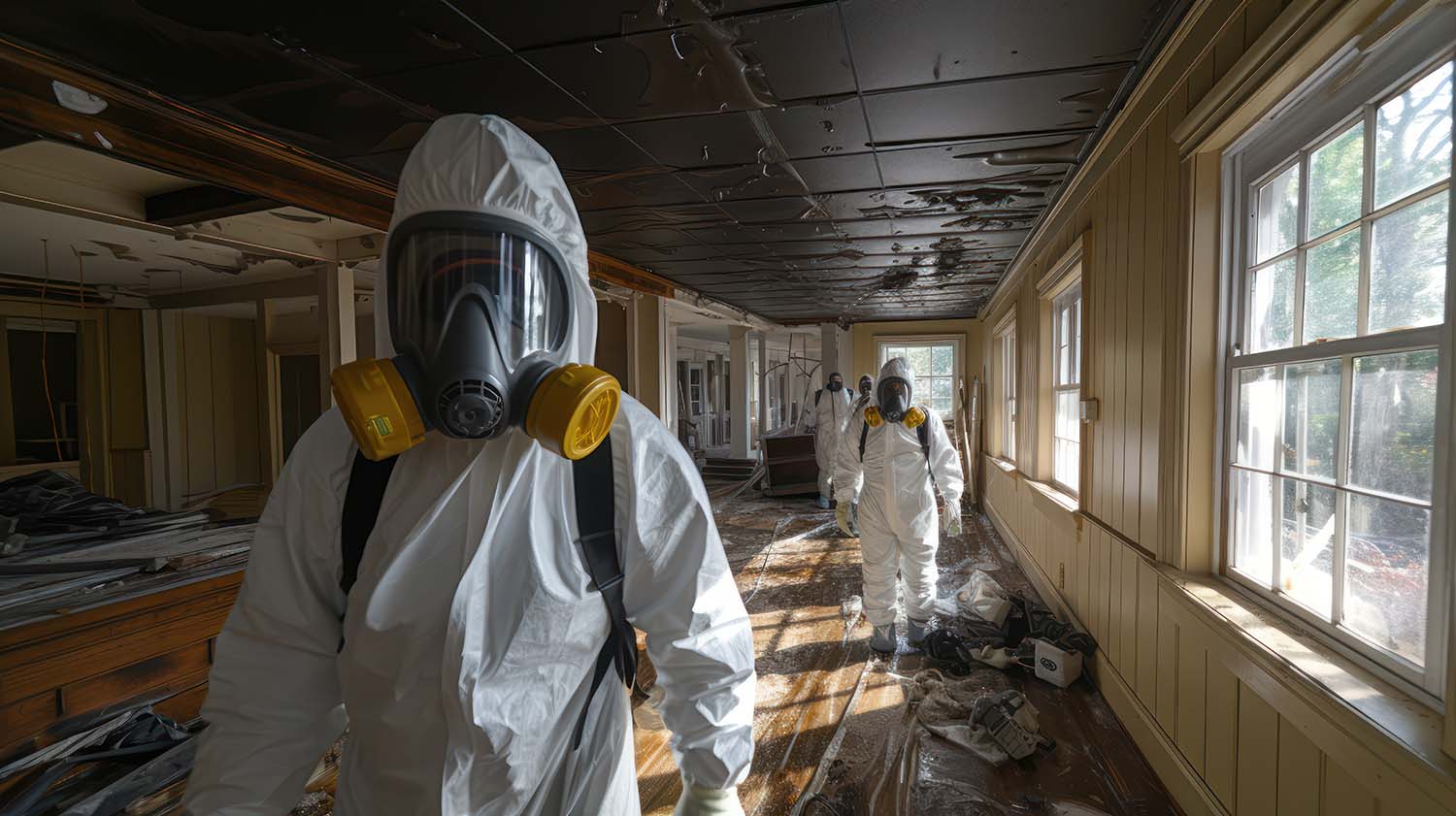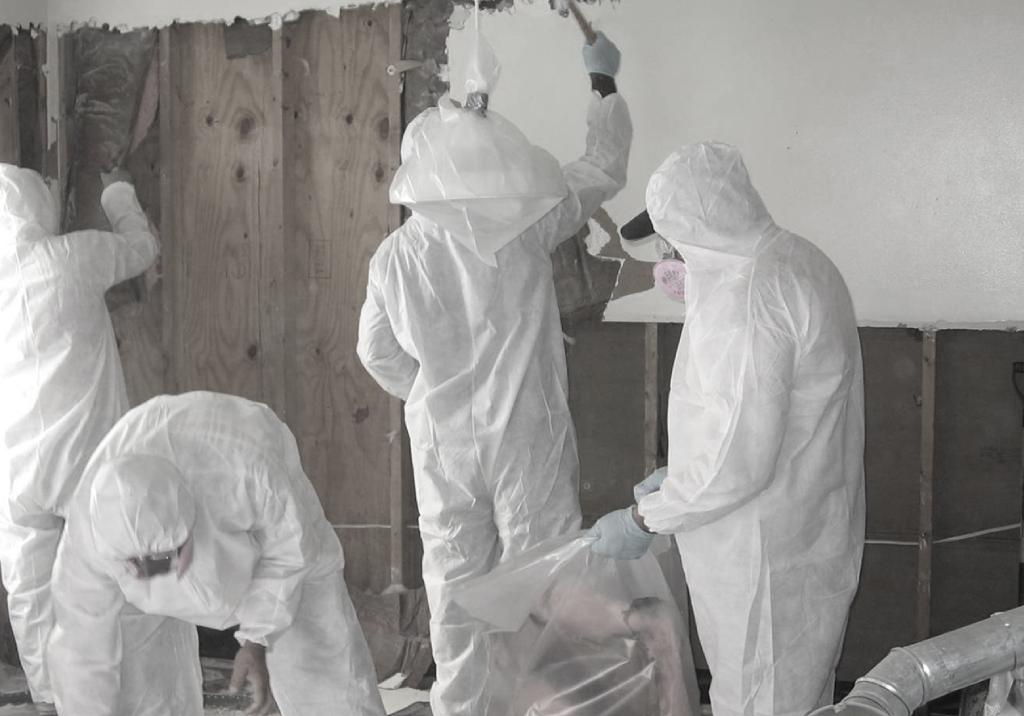Professional Homicide and Suicide Cleanup: Compassionate and Discreet Services
Professional Homicide and Suicide Cleanup: Compassionate and Discreet Services
Blog Article
Specialist Biohazard Cleansing and Purification for Blood, Bodily Fluids, and Hazardous Materials
In the world of biohazard cleansing and decontamination for blood, physical fluids, and unsafe materials, precision and expertise are paramount. The potential health threats connected with exposure to biohazards underscore the crucial demand for precise handling and complete clean-up. Specialized training furnishes specialists with the knowledge and abilities needed to deal with these harmful situations efficiently. Nonetheless, it is not just about cleaning up; the significance of using proper purification techniques can not be overemphasized. As we navigate the intricate landscape of biohazard clean-up, recognizing the subtleties of laws, conformity, and the specific devices at play comes to be crucial in making sure a comprehensive and secure decontamination process.
Wellness Dangers of Biohazard Direct Exposure
Direct exposure to biohazards positions substantial health and wellness threats that can lead to severe effects for individuals and communities alike. Biohazards incorporate a vast array of organic materials, including blood, bodily fluids, mold and mildew, bacteria, viruses, and other potentially contagious materials. When people enter into contact with these biohazards, whether through accidents, improper handling, or ecological exposure, they encounter the danger of having severe ailments or conditions.
Among the primary health threats connected with biohazard direct exposure is the transmission of transmittable illness. Bloodborne microorganisms such as HIV, liver disease B and C, and different microorganisms can be present in biohazardous products, presenting a direct threat to human wellness. Breathing in airborne biohazards like mold and mildew spores or entering into call with contaminated surface areas can also result in breathing problems, allergic reactions, and other negative health impacts.
Additionally, biohazard direct exposure can have long-lasting health effects, with some conditions showing up years after the preliminary contact (Blood Cleanup). Therefore, it is critical to prioritize correct biohazard cleaning and decontamination to reduce these health dangers and make certain the security of areas and individuals

Specialized Training for Biohazard Clean-up
When it comes to taking care of biohazard clean-up efficiently and securely, specialized training plays a fundamental duty in making sure proper purification procedures are followed. Biohazard clean-up requires details understanding and skills to effectively mitigate risks connected with bloodborne pathogens, physical liquids, and unsafe products. Professionals learnt biohazard cleaning undergo rigorous instruction on exactly how to safely take care of, get rid of, and deal with biohazardous materials to stop contamination and direct exposure.
Specialized training for biohazard cleaning covers a series of important topics, consisting of proper individual protective tools (PPE) use, bloodborne microorganism awareness, decontamination methods, and contaminated materials disposal protocols. Individuals learnt biohazard cleanup are outfitted with the required knowledge to evaluate contamination degrees, recognize possible threats, and execute appropriate cleaning treatments in conformity with governing criteria.
Continuous training and education and learning are critical in the field of biohazard clean-up to remain upgraded on the latest decontamination modern technologies, safety methods, and policies. By investing in specialized training, biohazard cleanup professionals can successfully reply to emergency cleanup situations and protect both public health and wellness and the atmosphere.
Significance of Appropriate Purification Strategies
Utilizing correct purification methods is critical in biohazard cleaning to effectively minimize and remove dangerous products health threats. Reliable purification not only makes sure the elimination of noticeable traces of blood, bodily liquids, and other biohazards however also targets unnoticeable microorganisms that may pose severe wellness risks otherwise correctly eliminated. By following rigorous purification methods, educated specialists can substantially lower the threat of direct exposure to unsafe microbes, viruses, and germs that could result in infections or illness.
Proper purification strategies include the use of customized tools and disinfectants that are especially made to counteract biohazards successfully. Thorough cleaning and disinfection of contaminated locations are vital to prevent the spread of microorganisms and ensure a risk-free atmosphere for passengers. Furthermore, the proper disposal of biohazardous waste following purification treatments is crucial in avoiding contamination of other surfaces or people.

Equipment and Tools for Safe Cleanup
The appropriate tools and devices play a crucial duty in guaranteeing the secure and efficient cleanup of biohazardous materials. When managing blood, physical fluids, or unsafe products, biohazard cleansing specialists rely upon specialized equipment to minimize exposure threats and completely decontaminate the afflicted location. Individual safety equipment (PPE) such as gloves, safety glasses, coveralls, and masks are necessary to secure against direct crime scene cleanup house of horrors call with potentially transmittable materials. In addition, biohazard cleaning packages consisting of disinfectants, absorptive products, and biohazard bags are utilized to securely dispose and contain of polluted things. Blood Cleanup.
Advanced cleansing devices like hospital-grade anti-bacterials, HEPA-filtered vacuum cleaners, and misting devices are employed to sanitize surfaces and remove biohazards properly. Specialized tools such as sharps containers and biohazard garbage disposal bins are used to securely take care of sharp things and biohazardous waste products. By using the ideal equipment and tools, biohazard cleansing professionals can ensure a detailed clean-up procedure that prioritizes safety and reduces wellness dangers for both workers and passengers of the afflicted space.
Laws and Compliance in Biohazard Cleaning
Appropriate adherence to laws and compliance requirements is vital in biohazard cleansing to ensure the security of both workers and the atmosphere. Government firms such as OSHA (Occupational Security and Wellness Administration) and the EPA (Epa) have actually developed crime scene cleanup supplies details guidelines for biohazard cleanup treatments to lessen health threats and environmental contamination. These laws cover a series of elements including the handling, transport, and disposal of biohazardous products, along with the necessary training and protective tools required for workers associated with the cleanup procedure.
Biohazard cleansing companies need to remain up-to-date with these regulations to assure that their procedures meet the required safety requirements. Failure to follow these policies can lead to extreme consequences, consisting of penalties, lawsuit, and threatening the health and wellness of people and the environment. By following stringent guidelines and conformity procedures, biohazard cleansing companies can successfully reduce risks and guarantee a risk-free and thorough clean-up process for all celebrations included.
Conclusion
Finally, biohazard cleansing and decontamination call for customized training, proper techniques, and adherence to regulations. Direct exposure to blood, physical fluids, and harmful products poses substantial wellness threats, making it essential to utilize the best equipment and tools for risk-free cleaning. By complying with rigorous methods and standards, specialists can successfully reduce the dangers related to biohazard direct exposure and guarantee the safety of both themselves and others.
As we browse the intricate landscape of biohazard clean-up, comprehending the nuances of laws, conformity, and the customized tools at play becomes crucial in making certain a safe and detailed purification procedure. (Blood Cleanup)
When it comes to dealing with biohazard cleanup efficiently and securely, specialized training plays a fundamental duty in guaranteeing correct purification procedures are complied with.Making use of appropriate purification methods is important in biohazard cleaning to successfully get rid of harmful products and reduce health threats. Additionally, biohazard cleaning sets including disinfectants, absorptive products, and biohazard bags are utilized to securely have and dispose of contaminated items.
Government agencies Check This Out such as OSHA (Occupational Safety And Security and Health And Wellness Management) and the EPA (Environmental Defense Firm) have developed certain guidelines for biohazard cleanup treatments to minimize health and wellness dangers and ecological contamination.
Report this page